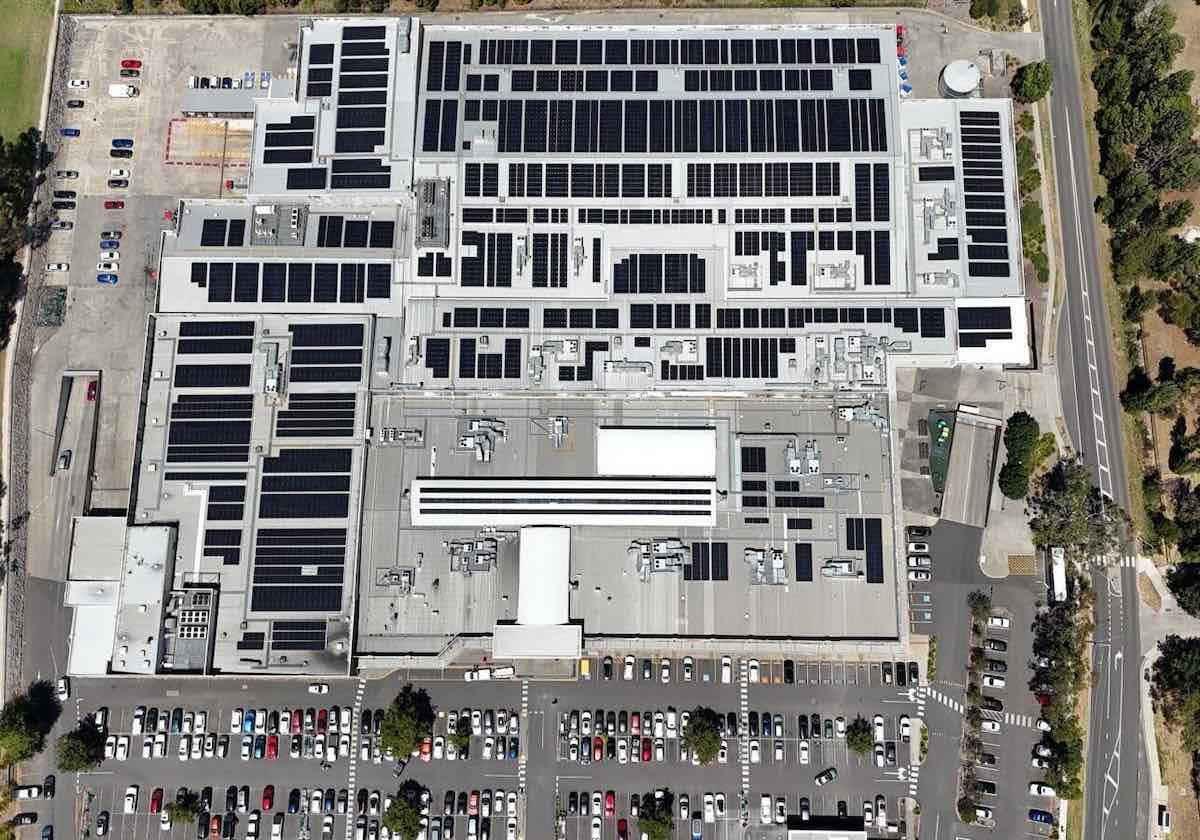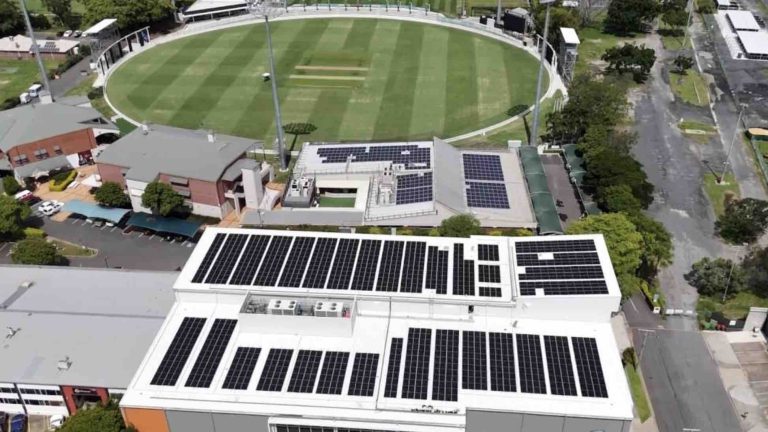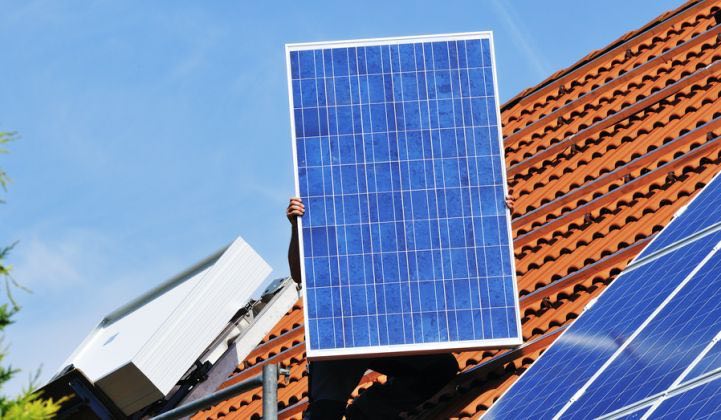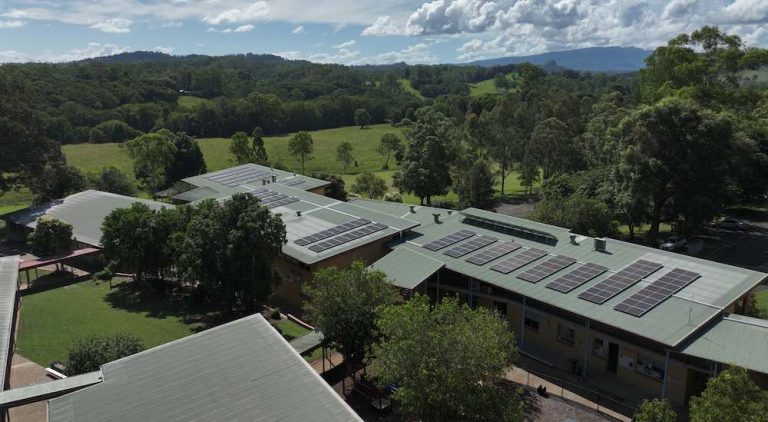Residential Solar Market Challenges Amid Commercial Boom
Australia’s commercial rooftop solar market experienced unprecedented growth in 2024, as revealed by new data. However, amidst this positive development, concerns loom over the residential sector’s health, which analysts suggest may be facing challenges due to its own success.
The 2025 Annual SunWiz PV Market Report highlights the remarkable shift towards solar adoption by businesses, particularly in the 15-30 kilowatt (kW) and 1-5 megawatt (MW) segments. This surge in commercial solar installations is attributed to the desire to cut operating costs and mitigate escalating electricity prices.
Commercial Success and Corporate Commitments
SunWiz managing director Warwick Johnston commended the commercial sector for embracing solar energy, stating that businesses are recognising the substantial long-term financial advantages it offers. The report underscores the increasing confidence in solar as a viable investment for businesses, with major corporations like Woolworths, Bunnings, and Coles leading the charge in meeting their ESG commitments through sustainable power sources.
Moreover, the rise in distribution centres due to the shift towards online shopping and the integration of solar in new commercial properties further solidifies the commercial solar market’s robust performance.
Challenges in the Residential Sector
While commercial solar flourished, the residential sector faced a slowdown, marking one of its least productive years in recent times. The report indicates a 1.6% decline in residential solar installations in 2024, attributed to market saturation, reduced feed-in tariffs, and increased financing costs.
The sub-10kW residential segment, in particular, witnessed a downturn as households postponed investments amidst economic uncertainties and diminishing returns. This decline signals that Australia’s leading rooftop solar industry is grappling with the repercussions of its widespread adoption, which has led to a drop in wholesale power prices.
The diminishing value of feed-in tariffs, resulting from falling wholesale power prices, has extended payback periods for solar investments and introduced complex tariff structures. Many homeowners are delaying solar investments until they can afford battery storage to maximise self-consumption.
Johnston highlights the impact of the battery rebate scheme on residential solar installations, with households waiting to invest in solar until they can access rebates for both photovoltaic systems and storage solutions.
Future Prospects and Challenges
The next phase of residential rooftop solar expansion is anticipated to focus on self-consumption and energy storage, driven by the accelerating adoption of batteries. However, the trajectory of this growth will hinge on the continued decline in battery prices and the government’s approach to introducing new rebate initiatives.
While residential solar faces challenges, there is optimism that policy changes post the federal election could reinvigorate consumer confidence and usher in a new era of growth, especially if a battery rebate is incorporated into national subsidy schemes.
Emerging Trend: Solar Replacements Fuel Residential Demand
An emerging trend in Australia’s solar market is the replacement of existing solar systems, with around 20% of residential installations in 2024 involving the upgrade of older systems. This trend is driven by the inadequacy of older systems in meeting the energy demands of modern homes, prompting consumers to opt for larger, more efficient, and battery-compatible solutions.
The solar industry views this trend as a significant market evolution and a substantial growth opportunity. Installers are encouraged to engage with existing customers whose systems require upgrades, offering seamless pathways to enhanced solar solutions and battery storage.
By proactively targeting system upgrades, battery additions, and performance-based replacements, installers and retailers can position themselves to capitalise on the burgeoning demand for solar solutions.
Sophie Vorrath, Editor of One Step Off The Grid and Deputy Editor of Renew Economy, has been a prominent voice in the clean energy sector for over a decade.


11-768x565.jpg)



